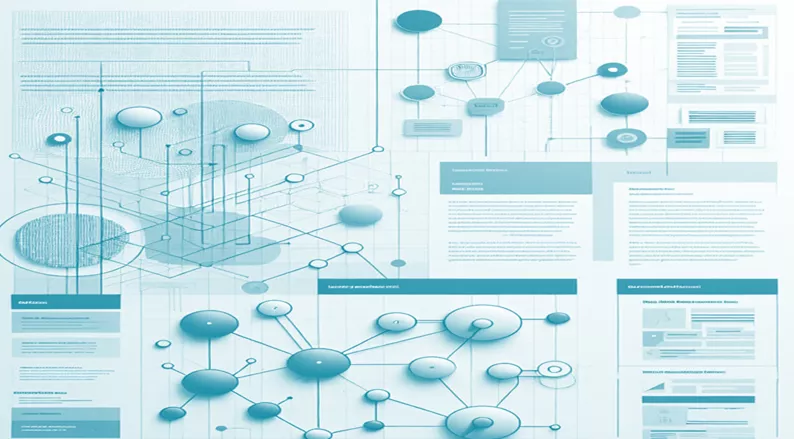Electrical product sustenance: the essential know-how.
New products make their way to the market to meet the growing demands and requirements of the customers, enabling businesses to expand their product/service portfolios.
While businesses keep researching and developing innovative solutions, they need to ensure that their products/solutions currently being sold in the market are maintained and supported through an excellent service model. It is always a risk for a business to release a new product into a stable and mature market.

The product’s life and accuracy are key factors for the customers, along with the cost. If the cost of buying a new product is high in comparison to its maintenance, then the customers prefer products that can be sustained over a long duration. The key areas impacted by product sustenance are customer satisfaction, revenue, quality, reliability, safety/regulatory standards, features, and performance improvement.
Product sustenance occurs at distinct phases of the product life cycle such as product customization, product enhancement, version control, product/technical support, error/bug management, data migration, and so on.
Any physical product comprises two key areas - electrical engineering and mechanical engineering. Both areas are equally important and are based on the same principles i.e., mathematical and analytical skills. Electrical engineers infuse life into the physical product.
Activities involved in sustaining electrical engineering
The sustenance activities can be categorized into three major groups
- Bill of Material update
- Schematic/Design update
- Review

1. BOM (Bill of Material) update
All electronic components have a life span, after which they no longer work as intended and this is where end-of-life and obsolescence come into the picture, which requires the replacement of these components. There are various regulatory standards and safety guidelines that all components must adhere to, not just during the operation time but also when discarded. Owing to all the safety regulatory standards, it is necessary to keep the environment safe even during recycling and recovery. This is when the RoHS, WEEE, and REACH parameters of a component must be taken care of. Whenever there is a requirement for replacing a component due to any of the parameters like EOL, OBS, RoHS, WEEE, REACH, etc., it is important that form, fit, and function must match the existing parts in the design.
2. Schematic update
Continuous upgrades in BOM require modifying the engineering designs to accommodate component changes without compromising on quality and functional accuracy. Most often during the replacement of parts, engineers make sure that the function and fit of the component match the previous part. But in some cases, it is difficult to find an exact drop-in replacement. This requires a redesign of the schematic and modification of the PCB (printed circuit board) to incorporate changes.
3. Review
To ensure that the products released meet regulatory standards, detailed checks and measures should be in place. To achieve this, a proper understanding of the design, technical aspects, test plans, test cases, design history, and checklists is required at every step of the product life cycle process. Reviews also help in the continuous upgrade of the checklist and best practices.
What do electrical engineers at DECOS do?
We at Decos bring electronic circuits to life in physical form by designing and supporting the manufacturing and fabrication process. We incorporate technical regulatory standards such as but not limited to ISO 14971, IEC 60601, and IPC A610, into the designs.
Under product sustenance, we provide complete service on the schematic design, PCB layout design, fabrication, assembly support, development, and testing.
Conclusion
Companies whose products have a long-life cycle backed by robust product sustenance possess advantages over their competitor. With product sustenance, the challenge of managing and supporting mature products while boosting ROIs and meeting customer satisfaction can be met. These days manufacturing companies prefer developing a sustainable New Design Product (NPD) as both an NPD and sustainability define the success of the product which mirrors the company's success. Companies that focus on product sustenance ensure greater usability and operational efficiency while meeting regulatory standards required in today’s economic and environmental practices. Companies now look for diverse ways to extend the product's lifecycle, which will thereby bring value to customer expectations. Adopting sustainability provides a positive effect not just on the market but also on the product’s success.
Services provided by DECOS
We, at DECOS, have a team of electrical engineers who are experienced in hardware design, PCB design, new product design (NPD), and modifying existing design (in other words a sustaining product design). We provide services from component selection to fabrication-ready design and support for all testing processes related to the product. We use PLM tools to centralize, share and secure information, automate processes, and standardize product development methods.
This blog is written by Basavesh Chikkamath, Senior Hardware Design Engineer at Decos.
Decos is a cutting-edge technology services partner ready to meet your software needs in the medical domain. If you have a question on one of our projects or would like advice on your project or a POC, just contact Devesh Agarwal. We’d love to get in touch with you!

Discover more

Transforming Instructions for Use (IFU) with AI: Enhancing Technical Documentation

Reducing Latency in Real-Time Medical Monitoring to enhance speed, accuracy and patient safety.

